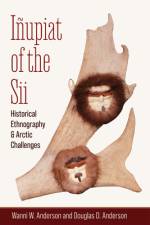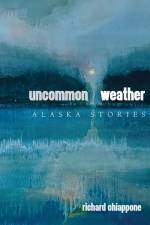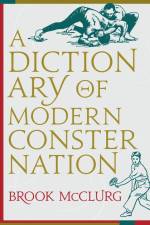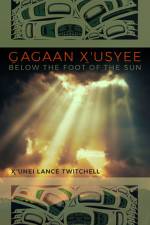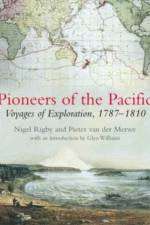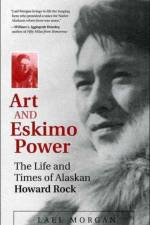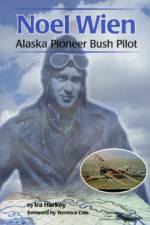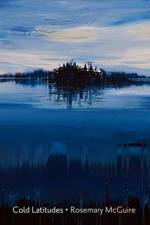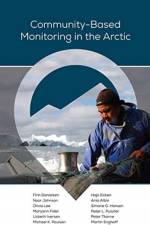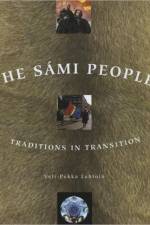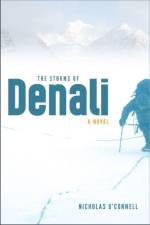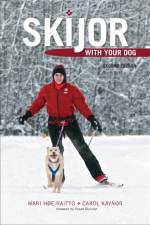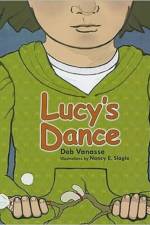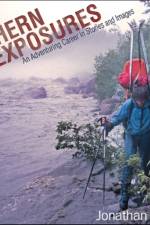- Kate Carmack and the Klondike Race for Gold
av Deb Vanasse
419
With the first headlines that screamed "Gold! Gold! Gold!" the rush to the Klondike quickly became the stuff of legend. It was the Wild West all over again, the cowboy hero recast as prospector. Four key figures are linked to the gold that set off the stampede: George Carmack, his Tagish wife Kate Carmack (born Shaaw Tlaa), her brother Skookum Jim, and their nephew Dawson Charlie. Of these, Kate has received the least recognition, even though she played a pivotal role in the events that led to the Klondike stampede. In this recovery of a key historical figure, Vanasse explores the early life of Kate, the years she spent with George before the Klondike discovery, her meeting of almost every key figure in gold rush history, and the experiences in Washington and California that brought her into a world she could scarcely have imagined. Four years after he set off the rush, Carmack abandoned his wife at a California ranch. Illiterate and thousands of miles from her home, Kate fought for her wealth, her family, and her reputation. Through a fortuitous combination of correspondence, legal proceedings, ethnographic study, and the generosity of Kate's Tagish-Tlingit relatives, the story of Kate Carmack can finally be told. The first popular rendering of the Klondike Gold Rush from the perspective of those who were there first-, her biography gives voice to a survivor who, against all odds, ultimately reclaimed her true wealth. Vanasse brings a novelist's skill to a multifaceted and deeply researched story. Here is a complex portrait of an important historical figure overshadowed by the rush to Klondike gold.



